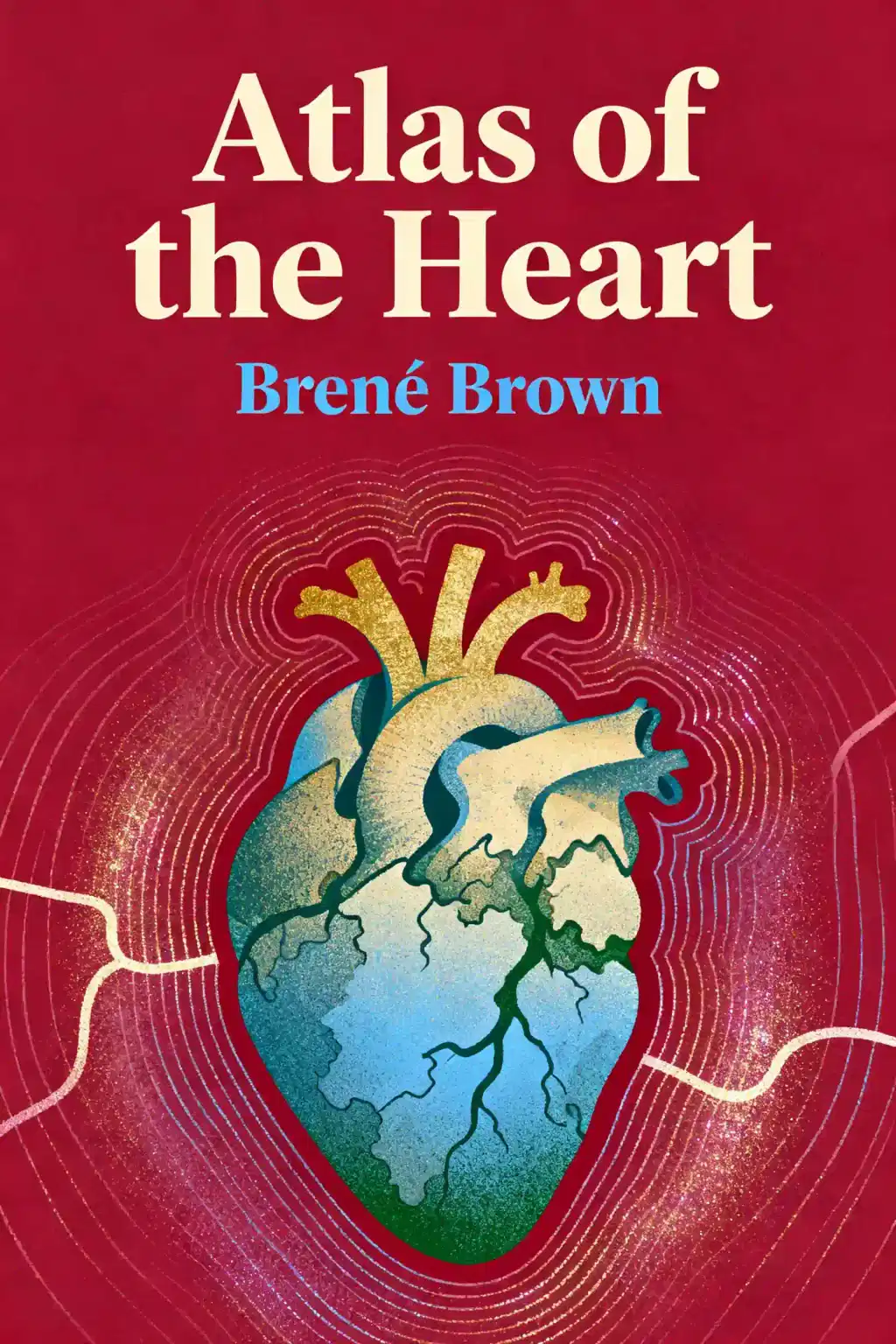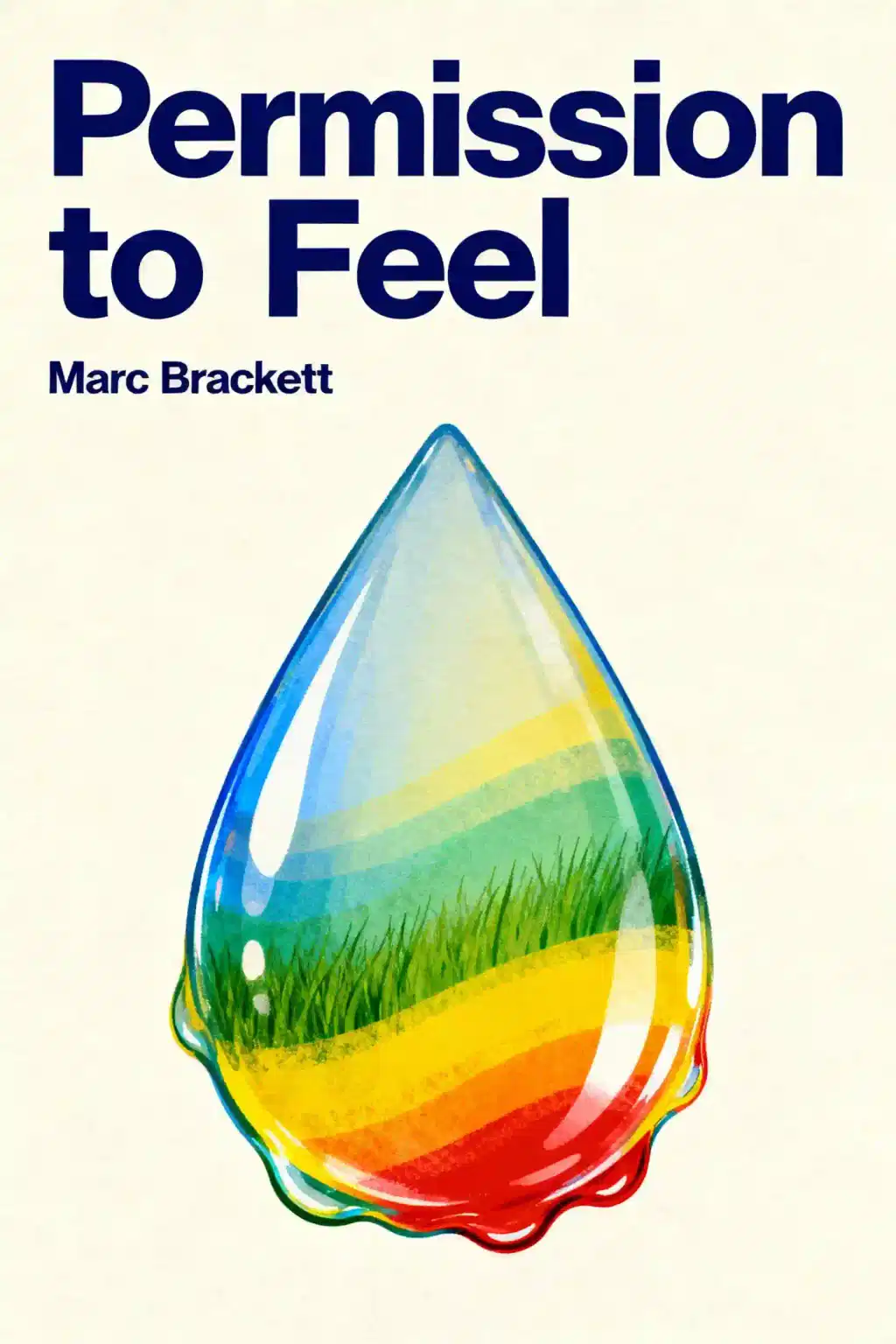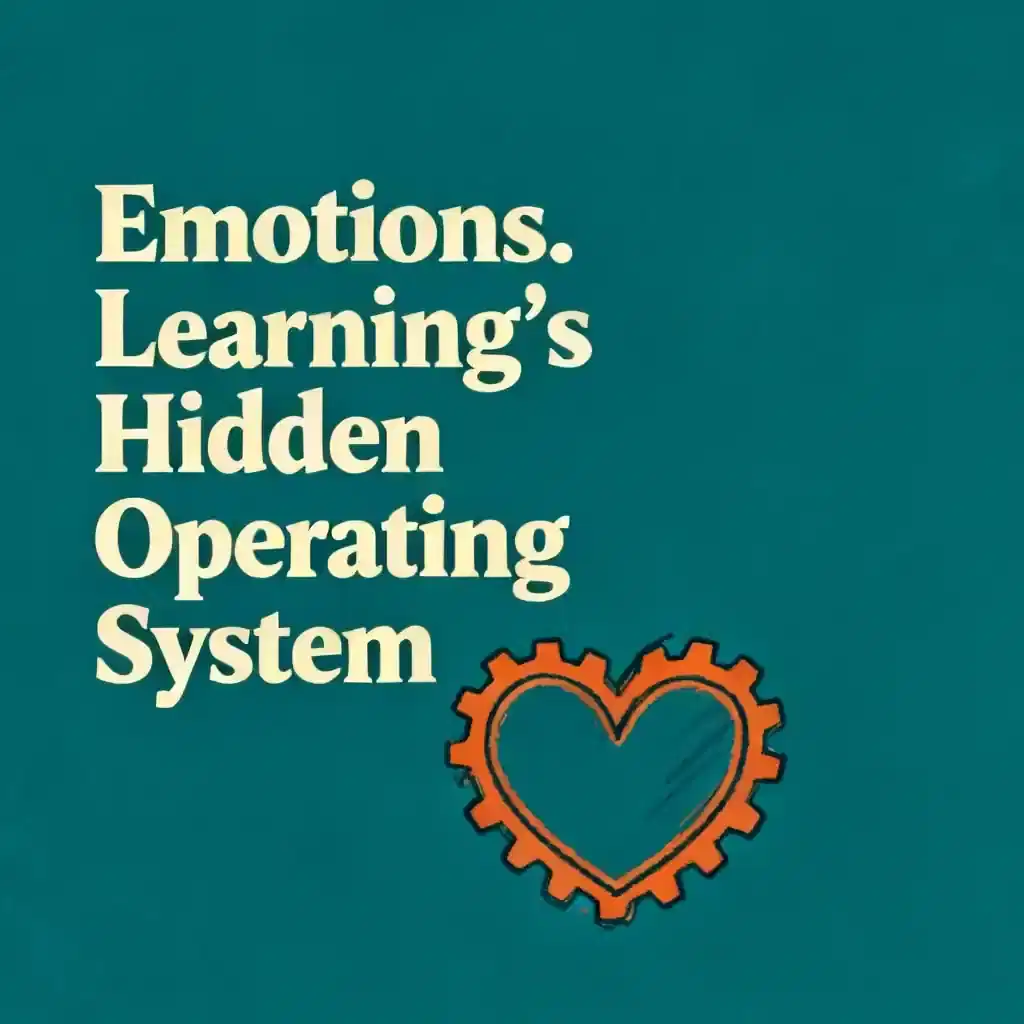What is
Atlas of the Heart by Brené Brown about?
Atlas of the Heart explores 87 emotions and experiences that define human connection, offering tools to navigate relationships, self-awareness, and vulnerability. Brené Brown combines research and storytelling to teach readers how language shapes understanding, empowering them to build authenticity and meaningful bonds.
Who should read
Atlas of the Heart?
This book is ideal for anyone seeking deeper emotional literacy, including therapists, leaders, and individuals navigating personal growth. It’s particularly valuable for those interested in vulnerability, shame resilience, or improving communication in relationships.
Is
Atlas of the Heart worth reading?
Yes—it provides actionable frameworks for emotional understanding and connection, backed by Brown’s 20+ years of research. Readers praise its blend of academic rigor and relatable storytelling, calling it a “guide for living courageously.”
What are the main concepts in
Atlas of the Heart?
Key ideas include:
- Emotional granularity: Accurately naming emotions to gain clarity.
- Self-belonging: Prioritizing self-awareness before connecting with others.
- Vulnerability as strength: Leaning into discomfort to foster trust.
How does
Atlas of the Heart help with relationships?
Brown explains how emotions like betrayal, compassion, and joy impact interactions. By understanding these dynamics, readers learn to navigate conflicts, set boundaries, and cultivate empathy—essential skills for personal and professional relationships.
What famous quotes are in
Atlas of the Heart?
Notable lines include:
- “I want this book to be an atlas for all of us…” (Brown’s vision for emotional navigation).
- “Vulnerability is the birthplace of love, belonging, and joy” (reiterating her TED Talk themes).
How does
Atlas of the Heart compare to Brown’s other books?
Unlike Daring Greatly (focused on leadership) or The Gifts of Imperfection (self-acceptance), this book systematizes emotions into a practical toolkit. It’s her most comprehensive work on human connection.
Can
Atlas of the Heart help with anxiety or stress?
Yes—Brown examines anxiety’s roots (e.g., uncertainty, comparison) and offers strategies like grounding techniques and reframing narratives. These tools help readers manage overwhelm and build resilience.
What critiques exist about
Atlas of the Heart?
Some note the 87 emotions can feel overwhelming, and the academic tone may deter casual readers. However, most praise its depth and practicality despite these critiques.
Why is
Atlas of the Heart relevant in 2025?
In an era of digital isolation and AI-driven communication, Brown’s emphasis on authentic human connection remains vital. The book equips readers to counter superficial interactions with emotional intentionality.
How is
Atlas of the Heart structured?
Chapters group emotions by themes like “When We Fall Short” or “When Life Is Good.” Each section includes definitions, research insights, and real-life applications, allowing nonlinear reading based on the reader’s needs.
What actionable tools does
Atlas of the Heart provide?
- Emotional vocabulary lists to articulate feelings precisely.
- Grounding practices for emotional regulation.
- Storytelling prompts to reframe personal narratives.




















